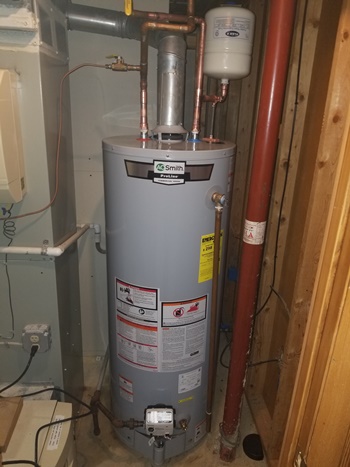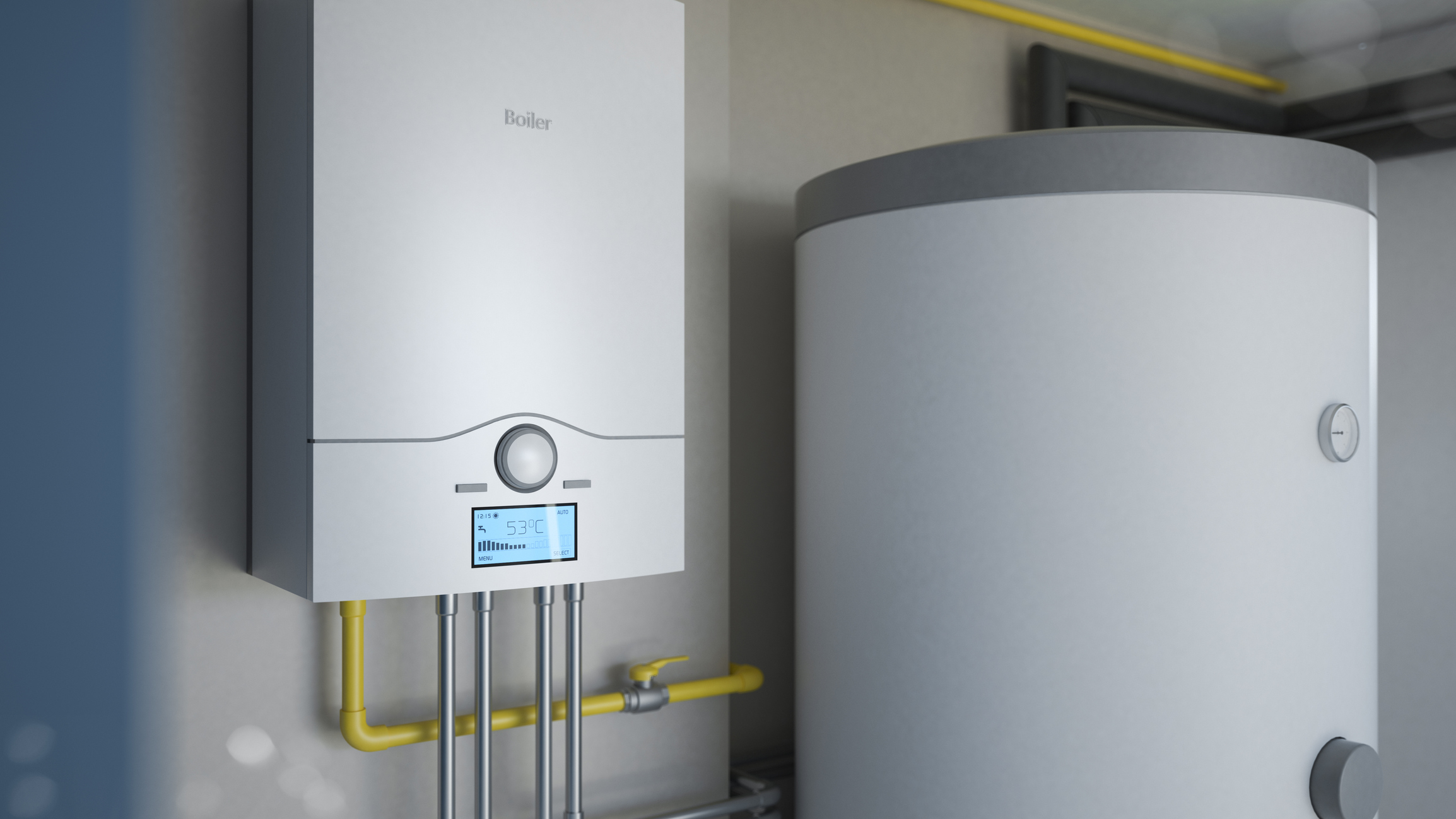Presented here in the next paragraphs you will find additional amazing details regarding Tips For Maintaining Your Hot Water Heater.

Warm water is important for day-to-day comfort, whether it's for a rejuvenating shower or cleaning dishes. To guarantee your hot water system runs successfully and lasts longer, normal maintenance is essential. This write-up offers functional ideas and understandings on how to keep your home's warm water system to avoid interruptions and pricey repair services.
Introduction
Keeping your home's warm water system may appear complicated, however with a couple of easy actions, you can guarantee it operates smoothly for many years ahead. This guide covers whatever from recognizing your warm water system to DIY maintenance pointers and understanding when to contact specialist assistance.
Relevance of Preserving Your Warm Water System
Normal upkeep not only prolongs the life expectancy of your warm water system yet also guarantees it runs effectively. Neglecting maintenance can cause reduced effectiveness, greater power costs, and also early failing of the system.
Signs Your Hot Water System Needs Maintenance
Understanding when your hot water system needs interest can avoid major problems. Watch out for indications such as irregular water temperature level, odd sounds from the heating unit, or rustic water.
Flushing the Water Heater
Flushing your water heater removes sediment buildup, improving efficiency and prolonging its life.
Monitoring and Replacing Anode Rods
Anode rods prevent corrosion inside the tank. Evaluating and changing them when worn out is critical.
Facility Concerns Calling For Expert Assistance
Examples include major leaks, electrical troubles, or if your hot water heater is constantly underperforming.
Routine Professional Upkeep Perks
Specialist maintenance can include thorough inspections, tune-ups, and making certain conformity with security standards.
Evaluating and Adjusting Temperature Level Settings
Changing the temperature setups makes sure ideal efficiency and security.
DIY Tips for Upkeep
You can carry out several upkeep tasks on your own to maintain your hot water system in leading condition.
Checking for Leakages
Frequently inspect pipelines and connections for leakages, as these can result in water damages and higher costs.
Understanding Your Warm Water System
Prior to diving into upkeep tasks, it's helpful to comprehend the basic parts of your warm water system. Generally, this consists of the water heater itself, pipelines, anode rods, and temperature controls.
Month-to-month Maintenance Tasks
Regular regular monthly checks can help catch small issues prior to they escalate.
Checking Pressure Alleviation Valves
Testing the pressure safety valve ensures it works appropriately and avoids excessive pressure build-up.
Insulating Pipes
Shielding warm water pipelines minimizes warmth loss and can conserve power.
When to Call an Expert
While do it yourself upkeep is advantageous, some issues need specialist proficiency.
Final thought
Normal maintenance of your home's hot water system is necessary for efficiency, durability, and expense financial savings. By following these suggestions and understanding when to look for specialist help, you can make sure a reliable supply of hot water without unforeseen disturbances.
How to Maintain an Instant Hot Water Heater
Before tinkering with your hot water heater, make sure that it’s not powered on. You also have to turn off the main circuit breaker and shut off the main gas line to prevent accidents. Also turn off the water valves connected to your unit to prevent water from flowing into and out of the appliance. 2. When you’re done, you have to detach the purge valves’ caps. These look like the letter “T†and are situated on either side of the water valves. Doing so will release any pressure that has accumulated inside the valves while at the same time avoid hot water from shooting out and burning your skin. 3. When the purge valves’ caps are removed, you have to connect your hosing lines to the valves. Your unit should have come with three hoses but if it didn’t, you can purchase these things from any hardware or home repair shops. You can also get them from retail stores that sell water heating systems. Read the user’s manual and follow it to complete this task properly. When the hosing lines are connected, open the purge port’s valves. 4. You should never use harsh chemical cleaners or solutions when cleaning your unit. Make use of white vinegar instead. It should be undiluted and you’ll probably use about 2 gallons. 5. Now flush your water heater. This task should probably take about 40 minutes. We can’t give you specific directions for this because the procedure is carried out depending on the type, model and brand of your heater. With that being said, refer to the user’s manual. 6. When you’re done draining the unit, you have to turn off the purge port valves again. Remove the hosing lines that you earlier installed on each of the water valves. Put the valve caps (purge port) back in their respective places and be very careful so as not to damage the rubber discs that are found inside these caps. 7. Now that everything’s back in place, check your user’s manual again to find out how to reactivate your water heating system. 8. Once it is working, turn one of your hot water faucets on just to let air pass through the heater’s water supply pipes. Leave the tap on until water flows smoothly out of it. https://www.orrplumbing.com/blog/2014/september/how-to-maintain-an-instant-hot-water-heater/

As an avid reader on How to Maintain a Hot Water Heater in a Few Simple Steps, I think sharing that excerpt was worthwhile. Enjoyed our content? Please quickly share it. Let somebody else locate it. I recognize the value of your readership.
Schedule Free Estimate